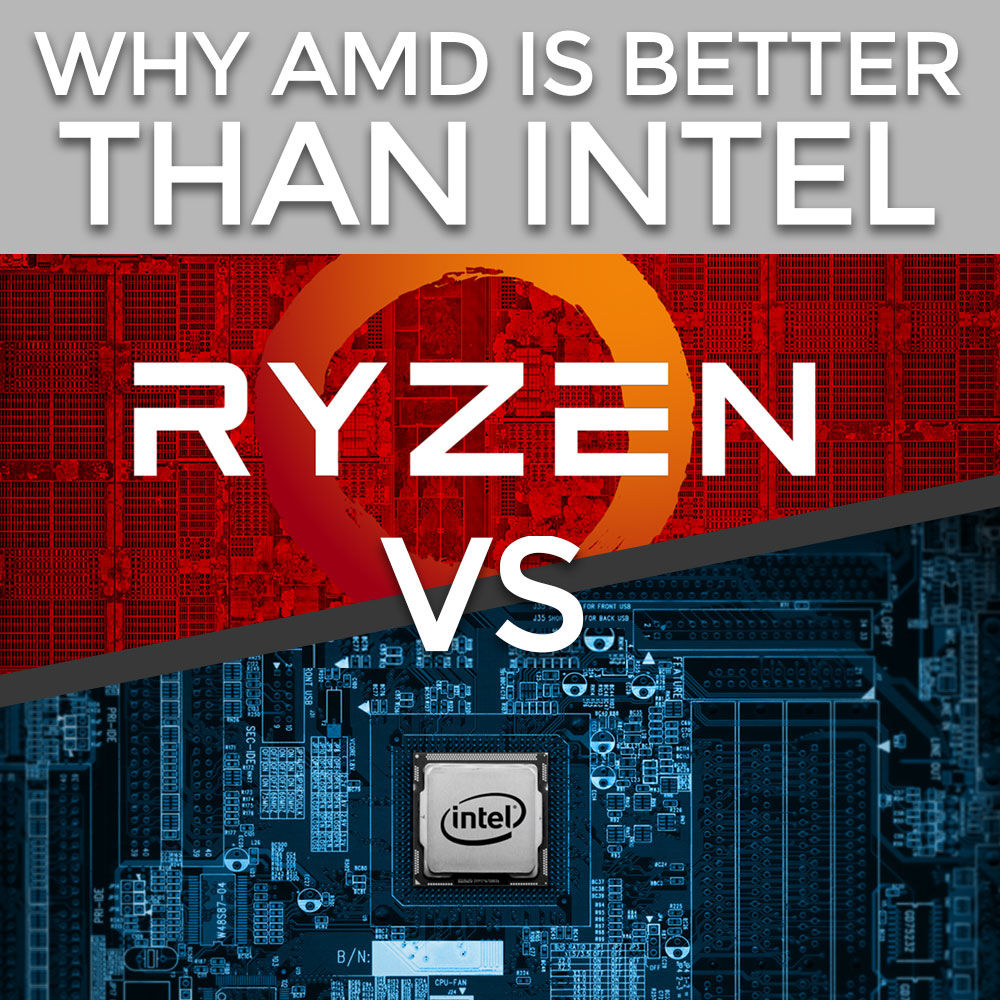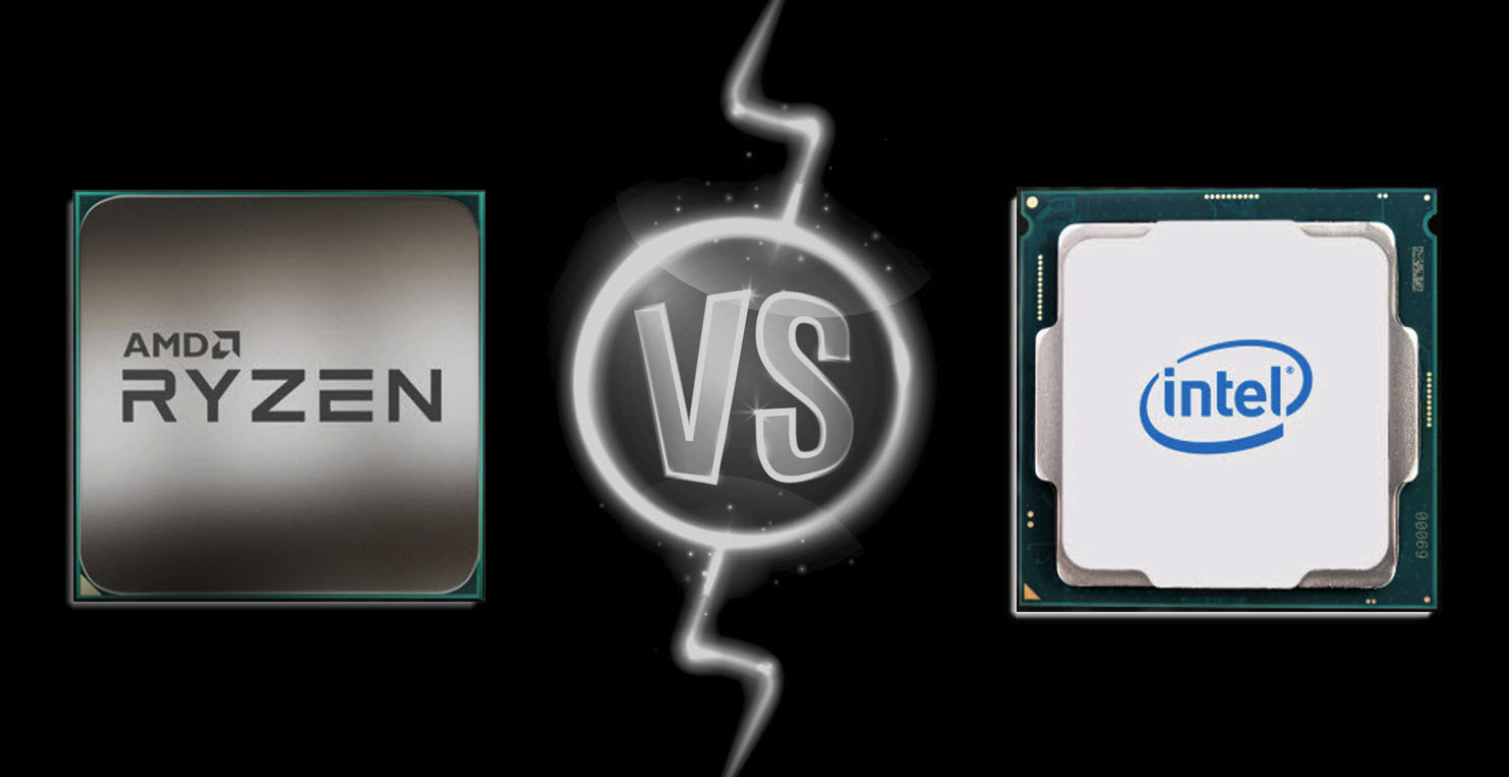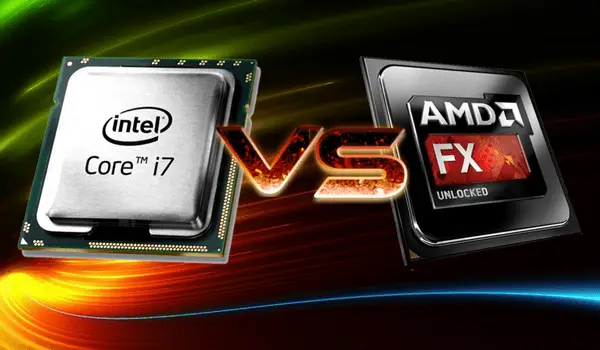

Whereas Intel has nearly always had a line of processors designed specifically for servers. The AMD CPU used in servers are consumer-grade chips that are so powerful that they work incredibly well in servers (in 2017 AMD released their Epyc line, built specifically for servers). AMD traditionally doesn’t distinguish between its server processors and the desktop space. Intel processors have enjoyed supremacy in this segment for years, but AMD’s Ryzen Threadripper has changed the landscape quite a bit since its release. This is because server workloads are much more multi-threaded than most desktop workloads, due to the extra cores. The largest difference between the two is the fact that server CPUs will more often than not have higher core counts than those used on a desktop PC, which results in higher power consumption. Most desktop processors also cannot handle server-only functions, such as performing error-correcting codes and registered memory. Because of this, server CPUs are generally slightly more costly than would be for a desktop PC, but offer a higher level of productivity performance. The CPUs that are built into your server are meant for sustained workloads and can run at 100% capacity all the time, whereas the parts in the desktop processors are not rated as high. See Also: (Live Webinar) Meet ServerMania: Transform Your Server Hosting Experience Consumer vs Enterprise CPUs For example, Intel uses LGA1200 sockets for their processors while Ryzen chips rely on AM4 sockets, meaning that components such as motherboards must be chosen accordingly, or they will be incompatible.įortunately, both AMD and Intel offer a wide range of CPUs to suit all applications.

In AMD’s favor, they have historically offered more value in their processors, while Intel holds the reins with stronger brand recognition (the Nike of microprocessors).ĪMD vs Intel is currently in a battle for market share and are developing different technologies in their effort to get ahead. When different processors are becoming indistinguishable, it is essential to know which one you should use.

#AMD VS INTEL SERIES#
This led to the release of their Ryzen series which changed the game.
#AMD VS INTEL PC#
Around this time they started targeting the PC gamer and made improvements to their packaging, using different color schemes, and taking a new tack with their marketing efforts. Until 3 or 4 years ago, AMD’s marketing team seemed to struggle to get the same exposure that Intel garnered. While Intel’s processors have historically outdone AMD processors in single-core raw power, AMD’s CPUs have made significant improvements in their core count and threads, and outsold its competition as a result, when it comes to multi-core performance. Whether you are looking for gaming performance, database hosting, or simply dedicated server hosting, you must be aware of the fierce battle for CPU dominance between these two titans and the AMD vs Intel battle that has grown in the last few years.


 0 kommentar(er)
0 kommentar(er)
